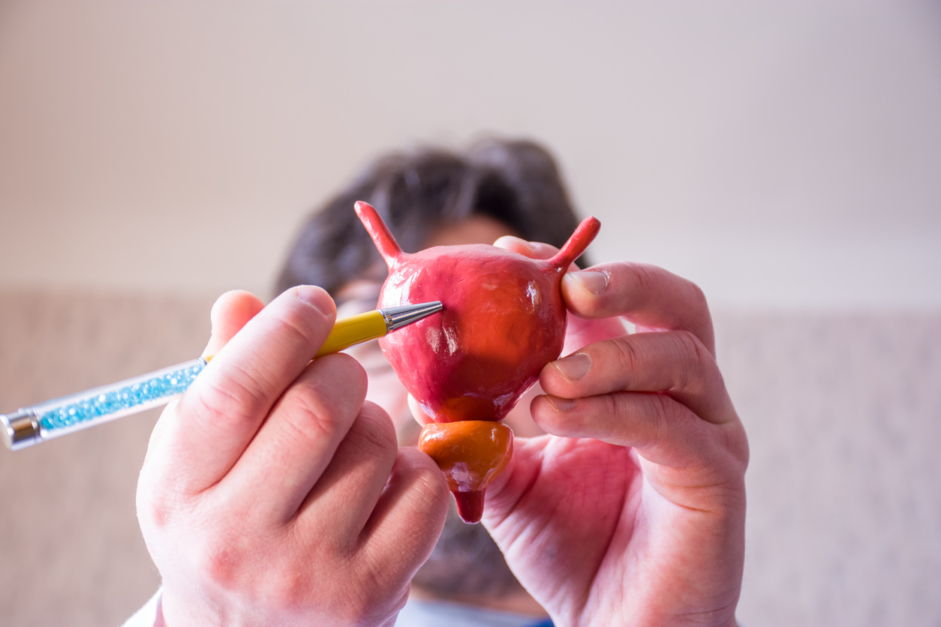What is Urodynamic Testing?
When someone is having issues using the restroom or problems emptying their bladder, urodynamic tests are a medical tool used to assess the situation. These tests can officially diagnose patients with medical issues like urinary incontinence, a condition that impacts over 25 million adults in America.
Curious to learn more? Keep reading!
What Does a Urodynamic Test Do?
There are a wide variety of urodynamic tests. A few examples include cystometry, uroflowmetry, and video urodynamics. All types of tests measure the following:
- Flow rates of urine.
- Nerve and muscle function.
- Pressure around the bladder.
Depending on the results, these measurements can allow physicians to discover what medical condition someone with urinary incontinence might be facing.
Why Would You Need a Urodynamic Test?
Here are some of the common conditions that might warrant a physician to give a urodynamic test:
- Frequent urination, over eight times a day.
- Not being able to empty your bladder completely.
- Pain when urinating.
- An overwhelming urge to use the restroom.
- Urine leaking/incontinence.
What Is the Test Like?
The process of urodynamic testing varies based on the specific test performed. Regardless of the type of test, you won’t need to prepare much at all. Some tests require you to drink liquid before urinating into special equipment, while others require catheters.
Speak with your physician about which test you’re receiving, and don’t be afraid to ask for details on what the process will entail.
If you have further questions about urodynamic testing, reach out to the experts at Avant Gynecology by clicking here or by giving us a call at 404-352-2850.











